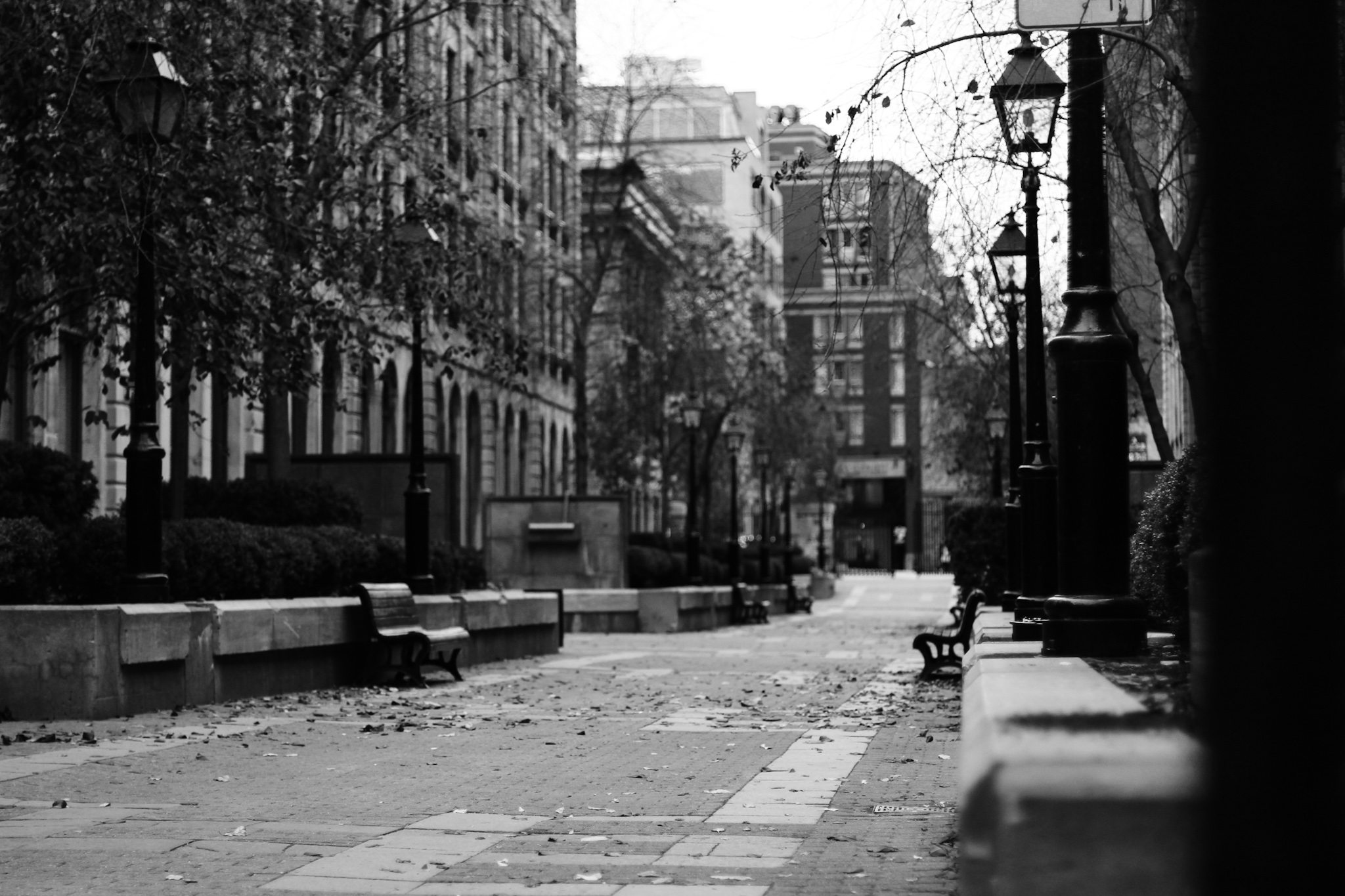Old Montreal’s spookiest and most troubling ghost stories
On Thursday, Oct. 25, The Concordian went on a haunted walking tour through the Old Port with Montréal Ghosts, an organization that has been leading people from all walks of life on ghost tours since 1999. Hidden behind bustling tourism, held within the mortar and cobblestone bricks of Old Montreal, are some of the city’s dark secrets from throughout history. While you may not believe in ghosts or hauntings, the stories of people meeting their untimely deaths are very real. How one chooses to interpret the paranormal events that followed their ghastly deaths is entirely up to you.
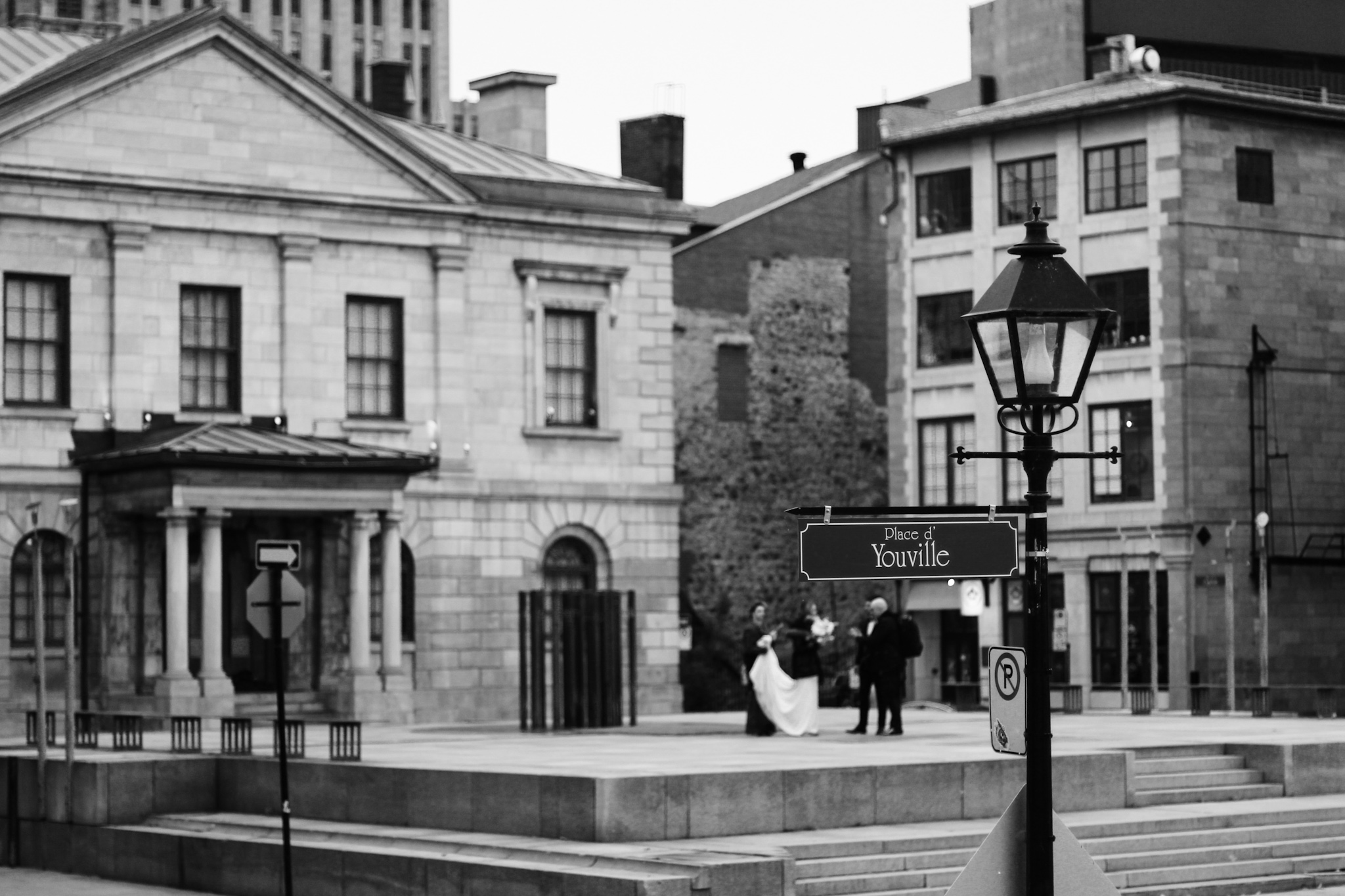
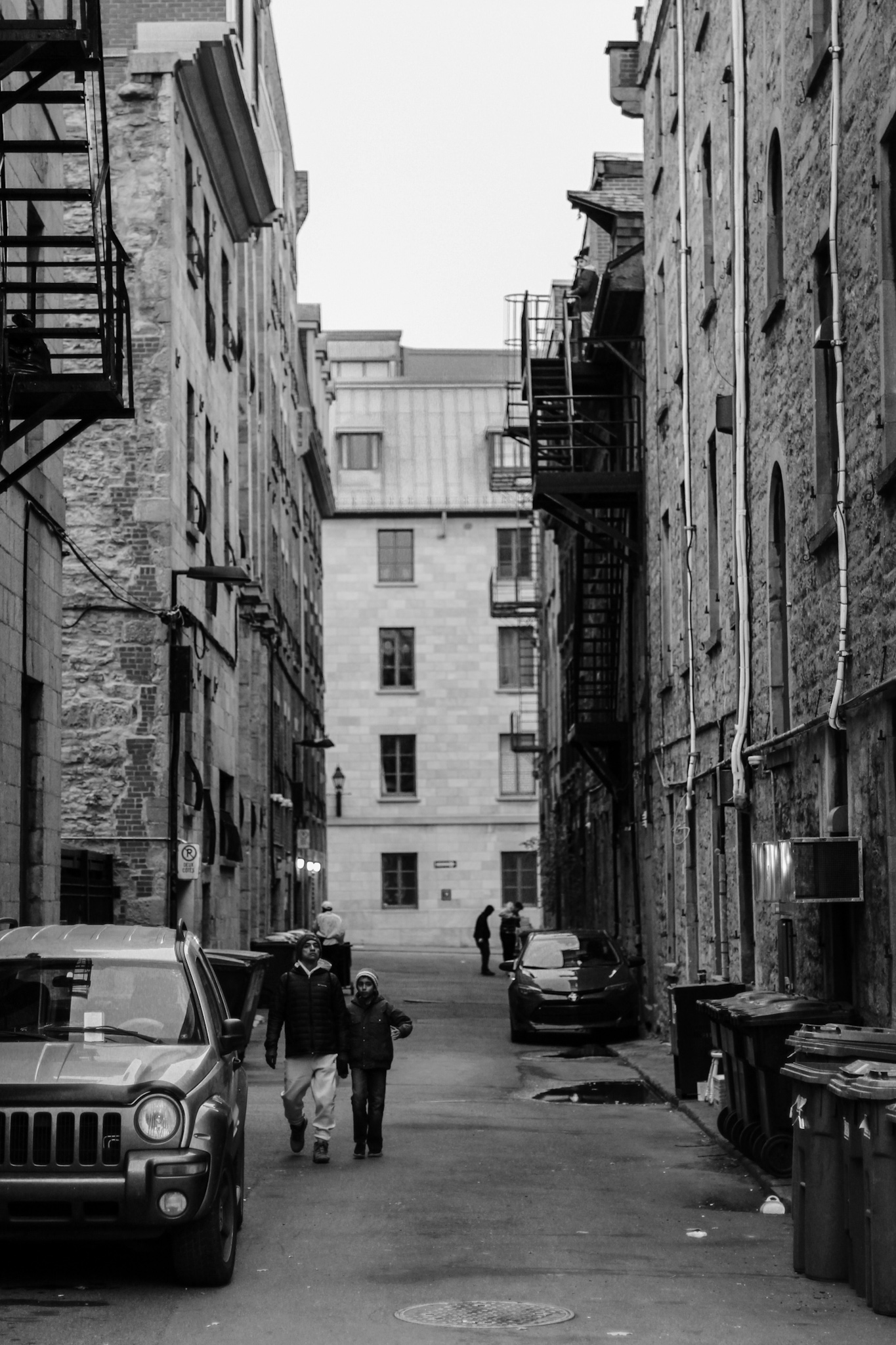
Place Royale
While a somewhat unassuming concrete platform between de la Capitale St. and D’Youville Place, Place Royale (IMG 1) was once a vibrant market for Montrealers from 1667 to 1807. Before it was named “Place Royale” in 1892 for the 250th anniversary of the city, it was called “Place du Vieux Marché.” The gathering space was a market, as well as where public shaming, torture and executions took place. For example, swearing publicly five times was punished by being fixed to a pole by an iron collar so passersby could fling rubbish at you. If you were a male and above the age of seven, and swore publicly more than five times, your upper lip was branded so people knew you had a foul mouth.
In another instance, an unnamed woman was hanged outside the city; her body was caged and passed from parish to parish until she arrived in Montreal, where she deteriorated. By law, any paranormal happenstances that followed a public execution could be legitimately blamed on the spirits of those executed. This woman, and another woman to be mentioned in detail later on, are thought to be the two spirits seen wandering from east to west, mostly down an alley adjacent to Place Royale, near St-Paul St. (IMG 2).
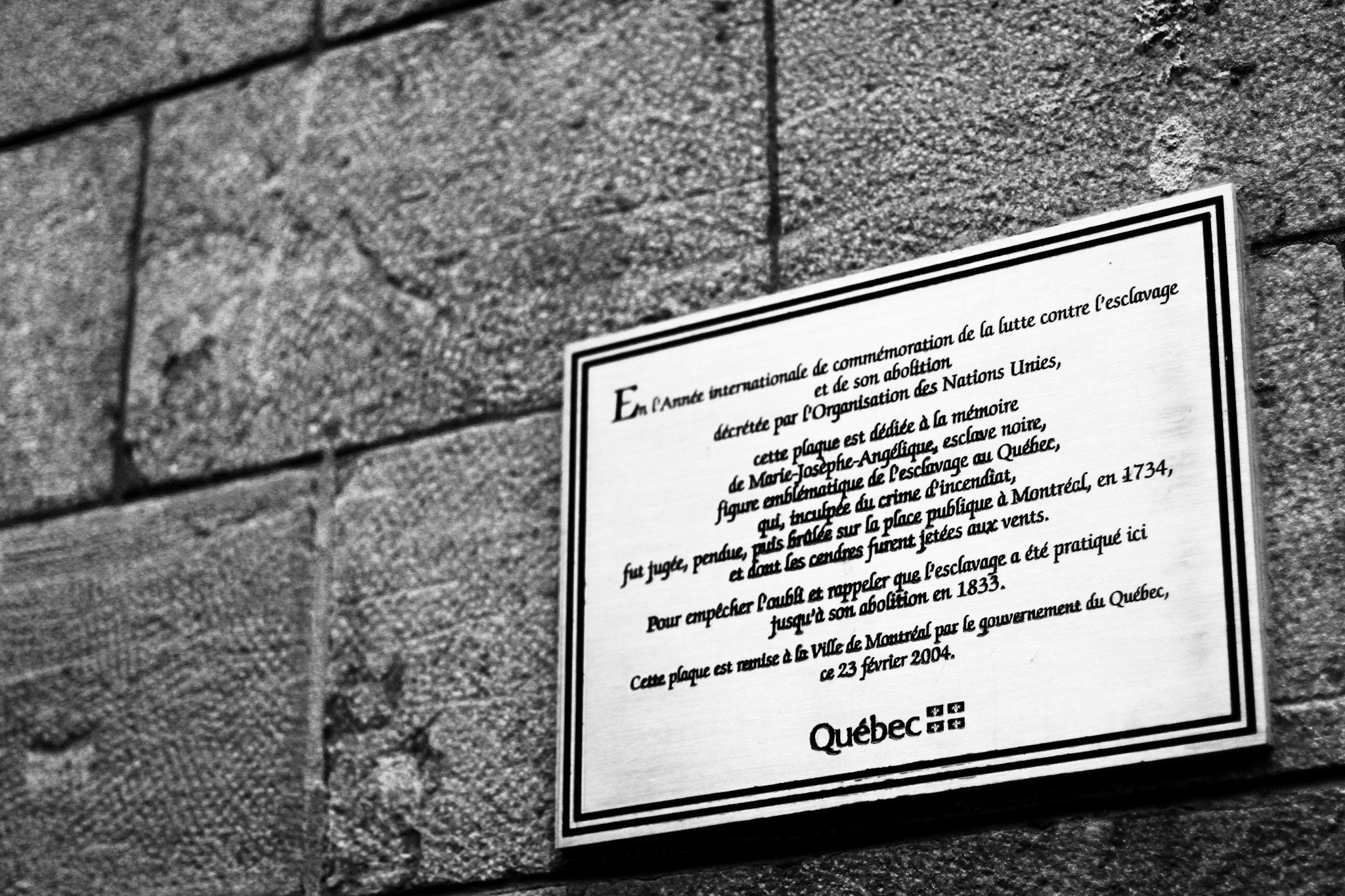
The Great Fire of Montreal
On April 10, 1734, a fire was started in a house on St-Paul St., which soon spread along St-Joseph thanks to a strong westward wind. Within three hours, the fire burned down a nearby hospital, church and multiple houses. This fire raged for 19 hours, and by the time it was extinguished, most of Old Montreal was incinerated—with the town pointing its finger at Marie-Josèphe Angélique, a slave owned by the Franchevilles. Angélique was born in Madeira around 1700, which, at the time, was a colony in Portugal integral to the Atlantic slave trade. In 1734, under French law, people could be tried and found guilty based on public knowledge. Angélique was seen as a rebellious slave for engaging in a romantic relationship with a white servant, Claude Thibault, and for attempting to flee together. Angélique was found guilty after a six week-long trial in which no one claimed to see her light the fire, yet everyone spoke to her rebellious character, which somehow proved she was the culprit. Angélique was sentenced to be burned alive in Place Royale (IMG 1). Although this sentence was appealed by superior court, it was agreed that Angélique would be hanged, after which her body would be publicly burned. After being relocated to Quebec City for inspection, prior to the execution, Angélique was paraded about on a rubbish cart in an act of public shaming and torture, holding a sign that declared her an arsonist. Throughout the decades, while Angélique’s innocence has been a topic of much debate, in 2012, a public square facing City Hall was named after her. Angélique’s spirit has been seen walking from east to west in the alley adjacent to Place Royale, near St-Paul St. (IMG 2).
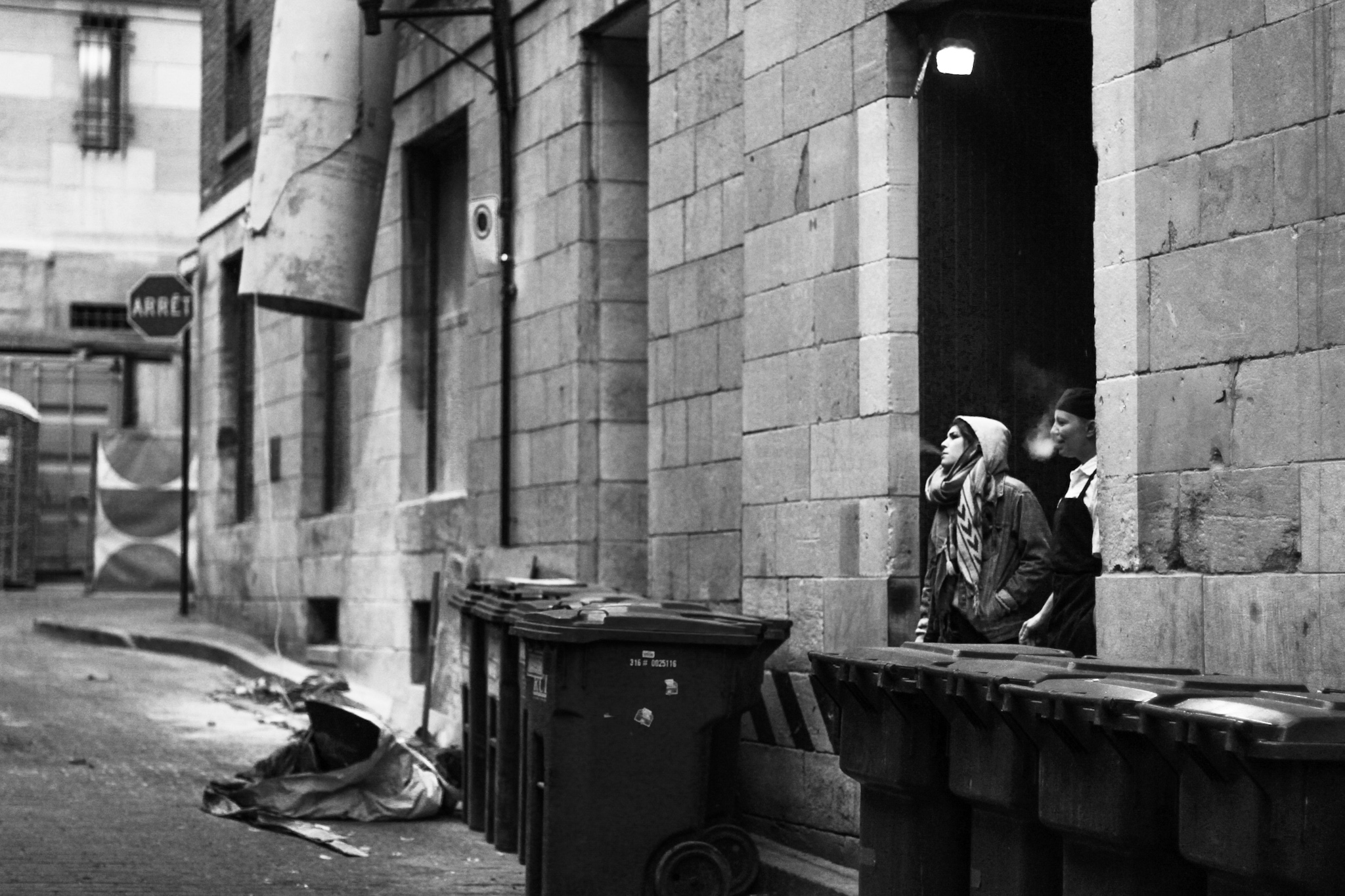
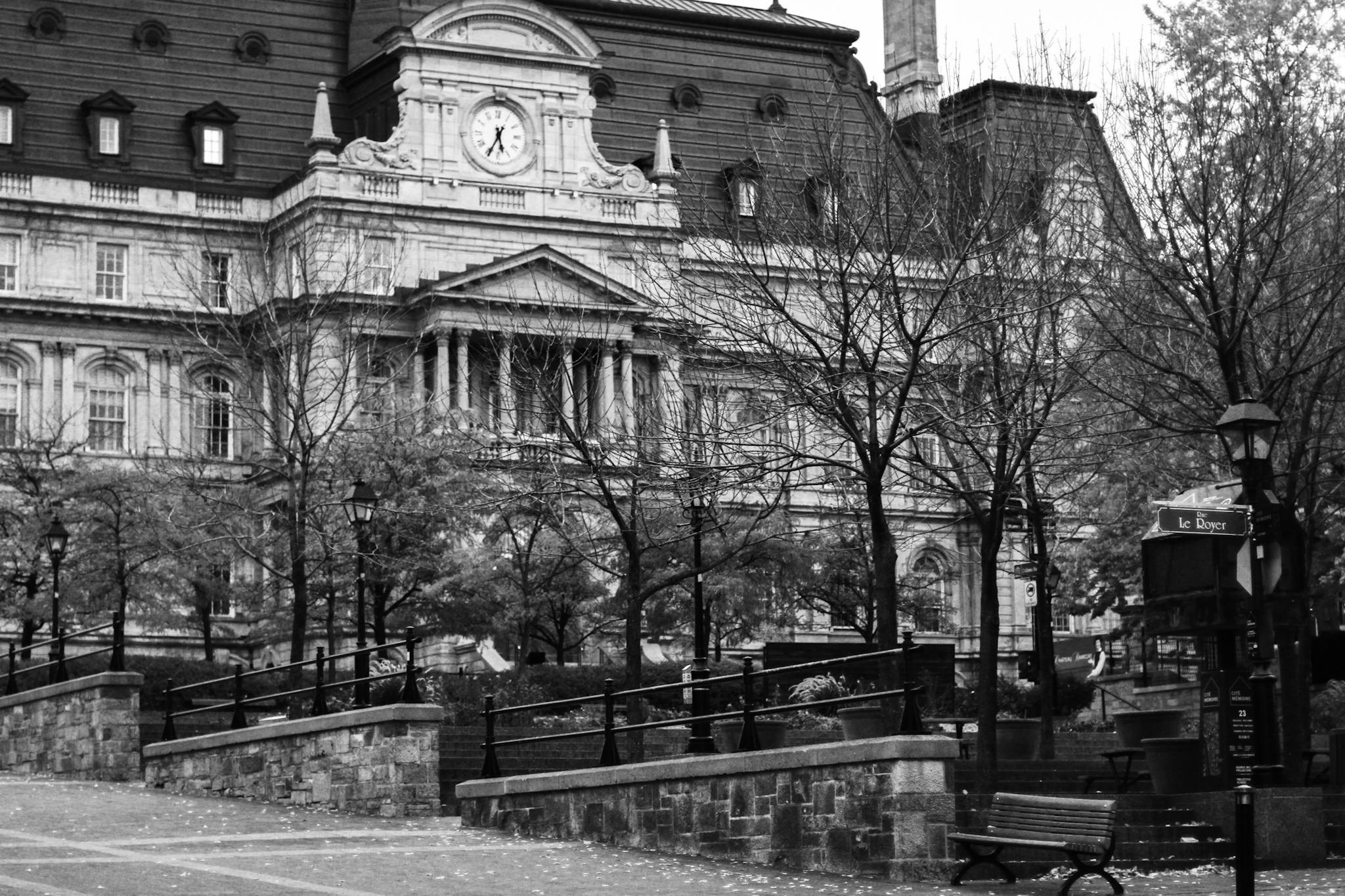
City Hall
Euphrosine Martineau was once thought to be the most beautiful woman in all of Old Montreal; desired by all, yet Adolphus Dewey was the man who stole her heart. Upon the announcement of their engagement in 1833, rumours circulated that Martineau was unfaithful and flirtatious with other men, which filled Dewey with rage and jealousy. Determined to be sure Martineau could never leave him, after a heated argument, Dewey tried to bludgeon her with an axe. He believed he succeeded in killing her, so he fled. However, Martineau was still alive, though her unborn child didn’t survive the attack. After regaining consciousness, Martineau dragged her mangled body across the cobblestones to a neighbour’s house, where she scratched at the door until dawn. She died 10 days later due to complications with her healing process. After Dewey was found guilty and sentenced to death, his final wish was to address the crowd during his execution, admit to his crime and acknowledge his need for punishment. Dewey was publicly hanged in the gathering space just outside present-day City Hall (IMG 5), and his ghost has been seen wandering the streets of Old Montreal, asking for forgiveness for his transgressions.
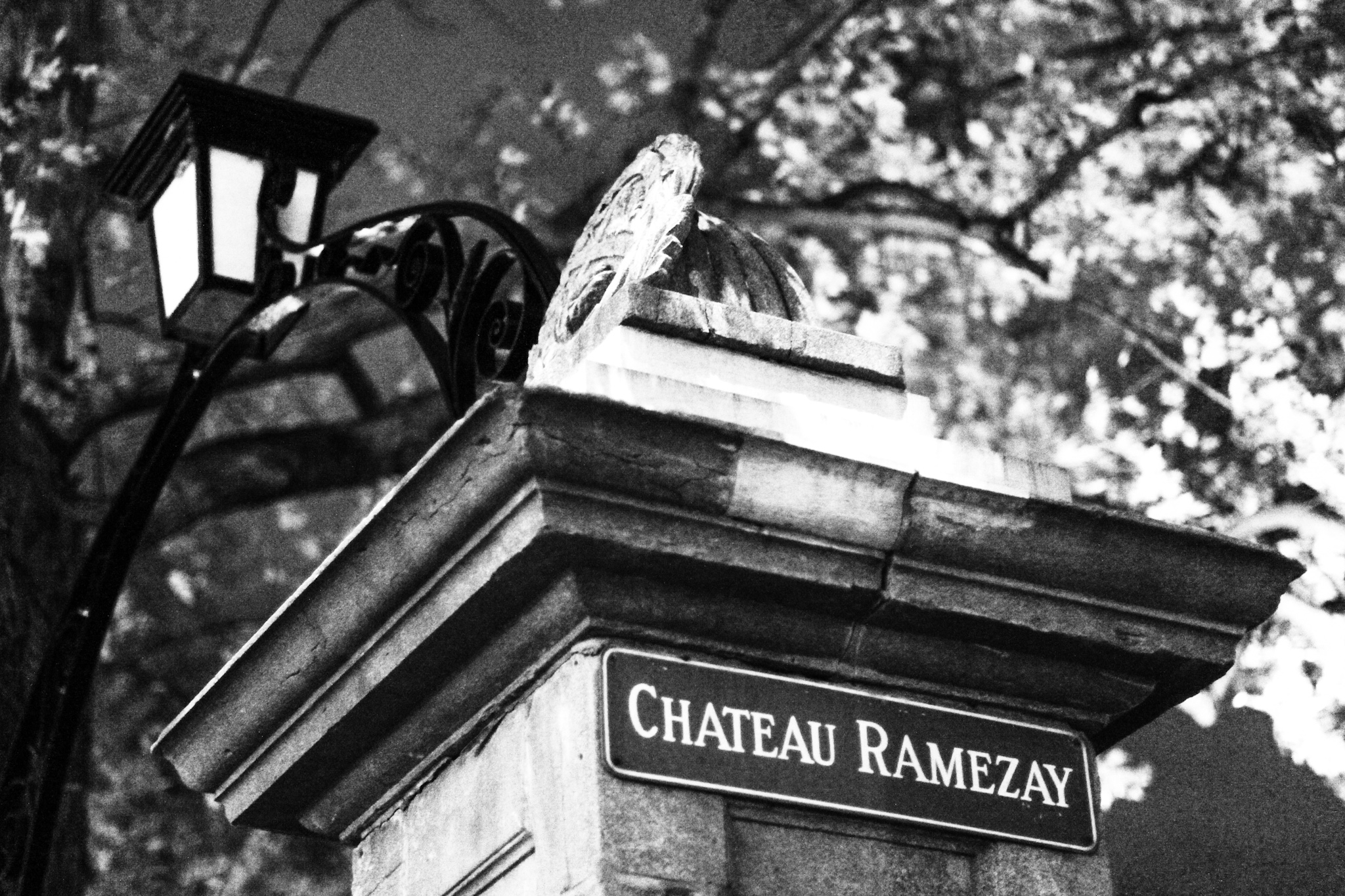
Château Ramezay
In 1879, one of Montreal’s most gruesome murders at the time took place at 242 William St., then a working-class industrial apartment building in Griffintown. On June 26, the decapitated head of Mary Gallagher, a sex worker, was found in the wash tub of her apartment, with her dismembered body sprawled in a pool of blood on the living room floor. Gallagher’s alleged murderess was her friend and co-worker, Susan Kennedy, who was found by police at the scene of the crime, covered in Gallagher’s blood and rocking back and forth in the fetal position. Old Montreal was a place of income for Gallagher, and she would walk the streets at night in search of business opportunities. Years after her murder, starting in 1929, what appeared to be the ghost of Gallagher was seen walking the streets, and wandering through places like Chateau Ramezay (IMG 6), often a location for her business transactions. Every seven years, Gallagher’s headless ghost is seen in a purple satin dress, drenched in blood, wandering around Old Montreal in search of her head.

Auberge St-Gabriel
The Auberge St-Gabriel (IMG 7), built in 1688 and established as an inn by 1754, is the oldest inn in North America, and with over 300 years of history comes ghastly tales of tragedy and spooky occurrences. The most notable tale is that of Joseph Frobisher, an affluent fur-trading businessman, who acquired the establishment in 1809. Frobisher needed his business to survive the winter until, come springtime, European tourists would come and buy his fur. Frobisher nefariously ordered the neighbourhood arsonist to burn down his competitor’s establishment, and while he specified that the arsonist should be sure no one was in the building, 12 workers burned to death.
The arsonist begged Frobisher for money to flee town, and though he agreed, when Frobisher reached into his drawer to retrieve money, he instead took out a knife and stabbed the arsonist to death. During their altercation, the arsonist’s satchel carrying explosives fell into the fire, and soon the entire establishment went up in flames.
Standing on the streets, Frobisher wept in horror as his establishment was engulfed in flames, however it was not for fear of losing his business. His six-year-old daughter was still trapped on the second floor, in the middle of a piano lesson with her grandfather. A small shred of hope emerged when Frobisher saw his father trying to hoist his daughter up to a window (IMG 7 left) to get her out of the house. However, when the window was opened, the oxygen intake fueled the fire and Frobisher watched his daughter and father be incinerated alive. A year later, Frobisher died from nostalgia, a term then used to describe cases where people speculatively died from either grief, fear or suicide. On top of the countless inexplicable fires that have since occurred at the Auberge St-Gabriel, present-day staff have reported hearing a piano being played and the occasional laughter of a child.
